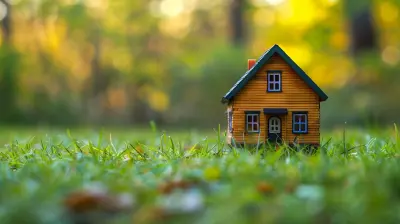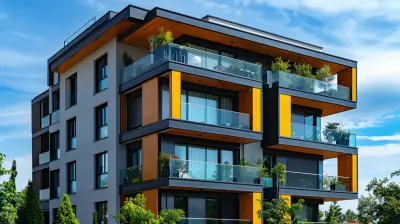Eco-Friendly Renovations: Going Green in Your House Flip
5 October 2025
So, you've decided to flip a house. Awesome! But here's a twist—what if your house flip didn’t just make money, but also made a positive impact on the planet? Sounds pretty cool, right? That's where eco-friendly renovations come in.
More people than ever are becoming environmentally conscious. Buyers are looking for homes that aren't just beautiful, but also energy-efficient, healthy, and sustainable. When you combine smart design with green upgrades, you don't just help the Earth—you also make your flip way more appealing (hello, higher resale value!).
In this guide, we’re diving deep into eco-friendly renovations. Whether you're a seasoned flipper or just getting started, this article will give you the inside scoop on how to green up your next renovation—and boost your ROI while you're at it.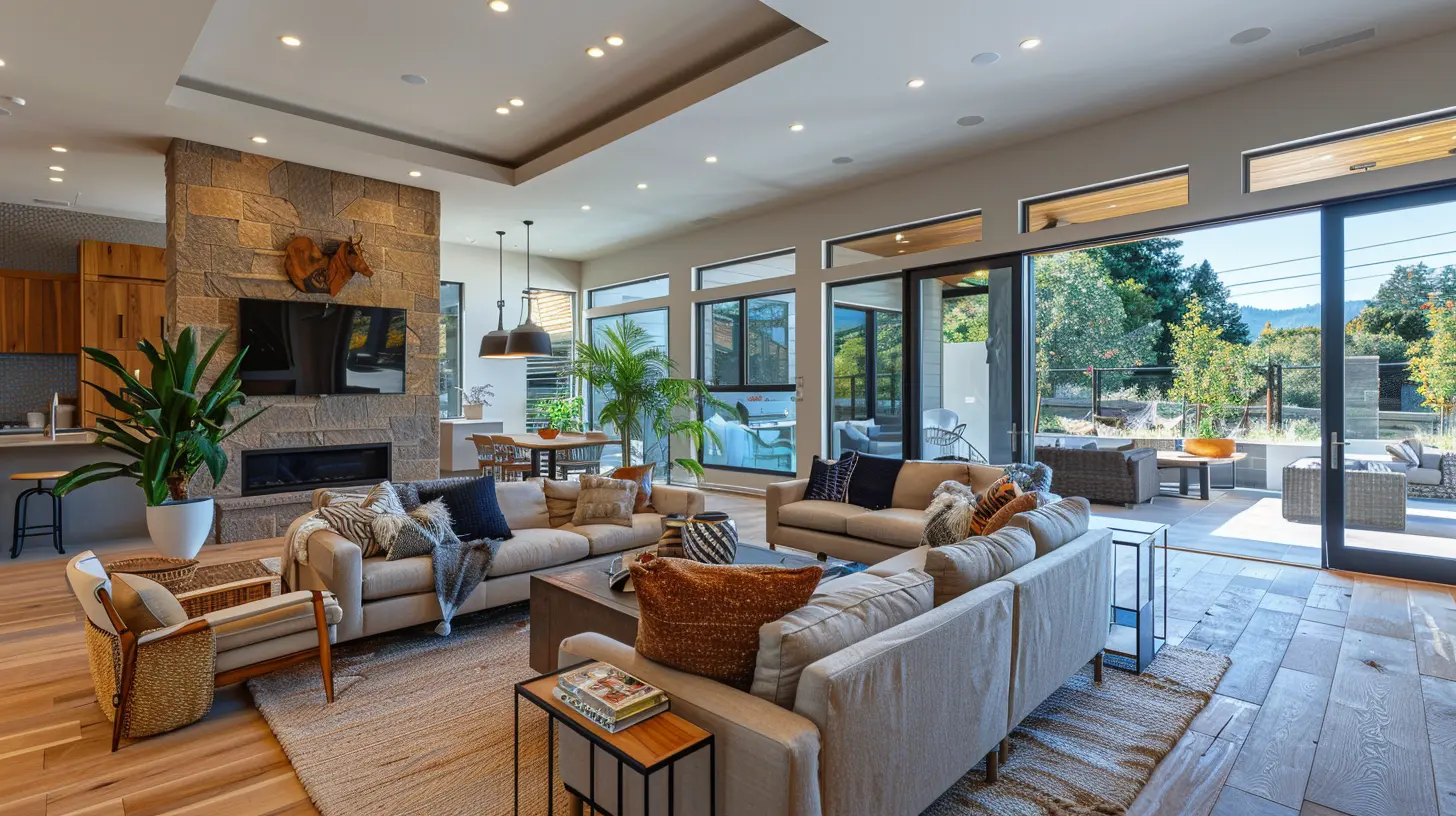
Why Go Green When Flipping a House?
Let’s be honest—house flipping is all about that bottom line. So why should you spend extra time or money on eco-friendly upgrades? Here's why:1. Green Homes Are Hot in the Market
Buyers these days aren’t just paying attention to granite countertops. They’re asking about insulation, solar panels, energy bills, and indoor air quality. Eco-friendly homes are in demand—and they usually sell faster and at a premium.2. Lower Operating Costs for Buyers
A more energy-efficient home means significantly lower monthly utility bills. That's a big plus for buyers and a huge selling point for you as the flipper.3. Tax Credits and Incentives
There are plenty of local, state, and federal incentives for green building practices. These can offset the upfront costs of your renovation and pad your profits.4. You Help the Planet
Let’s not forget we all share this blue marble. Greener homes mean fewer resources used, less waste in landfills, and a smaller carbon footprint. Win-win.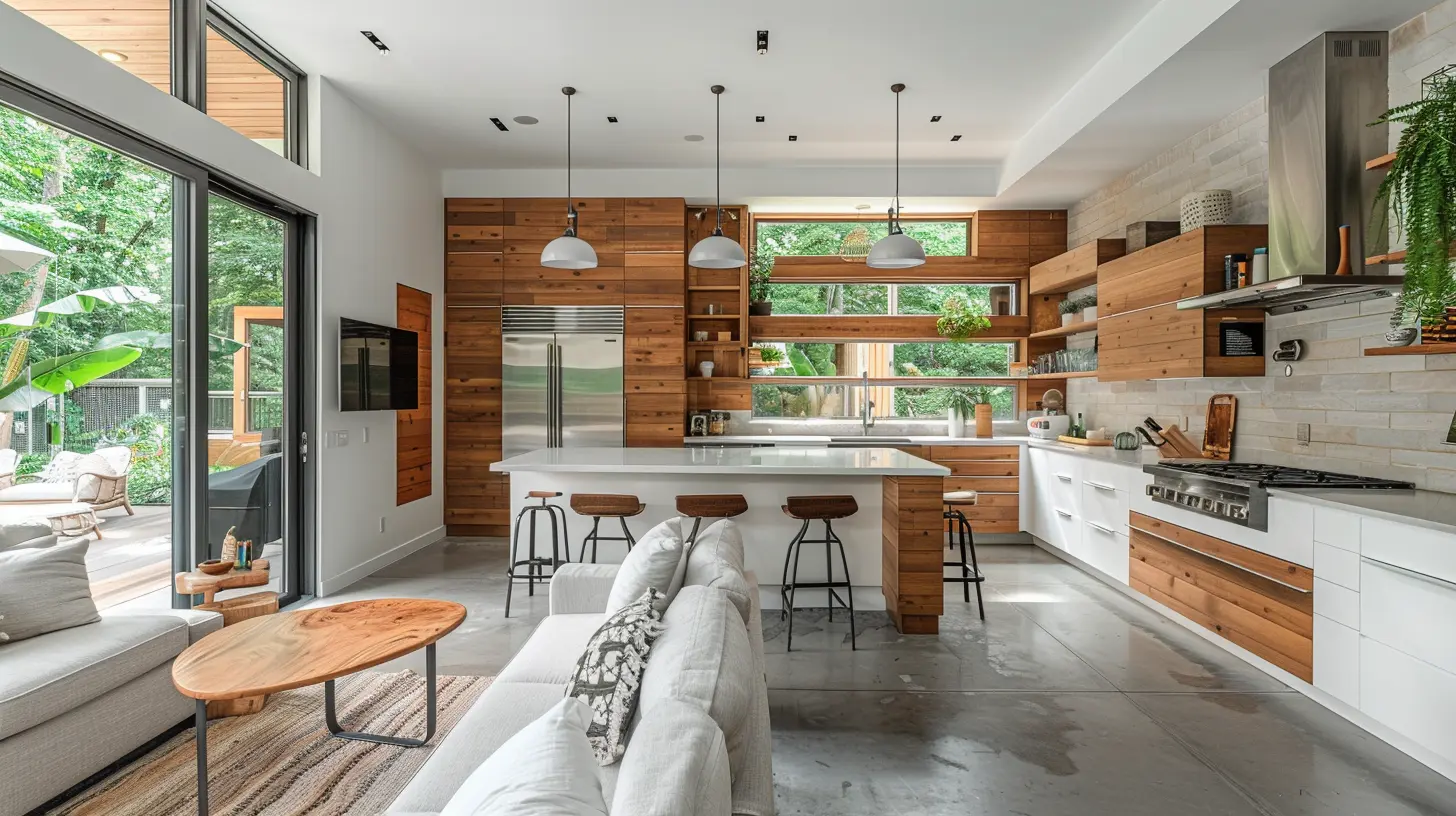
Start With a Green Plan
Before you swing a hammer, take a step back. Planning is EVERYTHING when you’re trying to go eco-friendly. Here’s how to get started.Assess the Property's Bones
Not every house is a good candidate for a green flip. Check the structure, orientation (hello, passive solar!), and existing systems. Can it be upgraded efficiently, or would you waste more tearing it all out?Set a Realistic Green Budget
Yes, some green upgrades can be pricey upfront—but many pay for themselves quickly. Be strategic. Not every item has to be top-of-the-line Tesla-solar-roof fancy. It’s all about bang for your buck.Hire Green-Minded Contractors
Find contractors who understand sustainable building practices. Trust me, it’s way less stressful when your crew is on board with your vision from Day 1.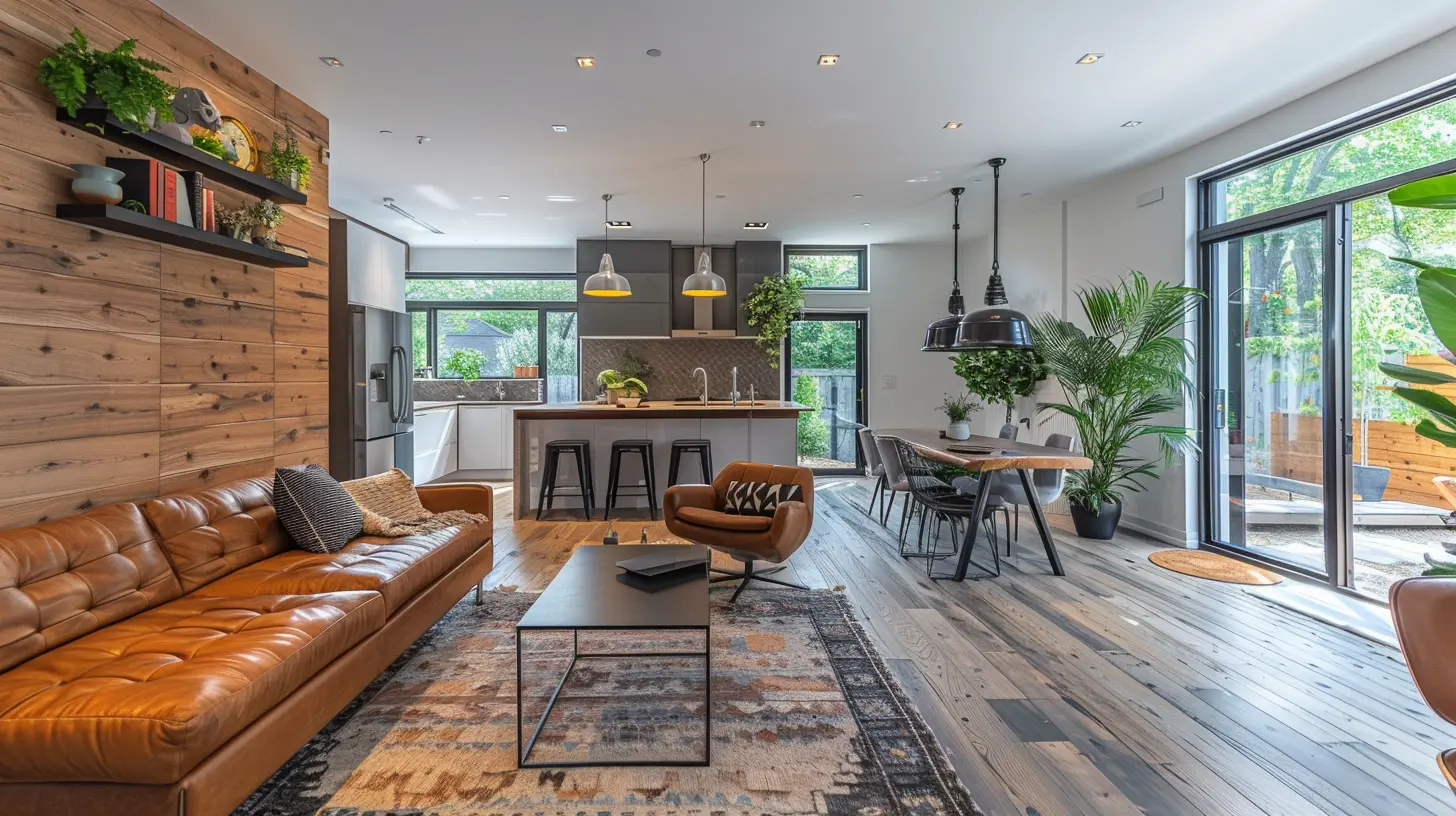
Eco-Friendly Renovation Ideas That Boost Value
Alright, time to get into the juicy stuff—the actual upgrades. Here’s a room-by-room breakdown of some of the best eco-friendly improvements you can make during your house flip.Kitchen: The Heart (and Energy Hog) of the Home
This is often where buyers fall in love with a home. So, make it shine—sustainably.- Energy Star Appliances: Go for appliances that sip rather than gulp electricity and water.
- Recycled or Sustainable Materials: Bamboo cabinets or recycled glass countertops not only look amazing, but they’re planet-friendly.
- LED Lighting: It's simple, affordable, and 80–90% more efficient than incandescent bulbs.
- Low-VOC Paints and Sealants: Keep indoor air safe, especially in rooms where food is prepped.
Bathrooms: Small Rooms, Big Impact
Going green in the bathroom is all about saving water and improving air quality.- Low-Flow Toilets and Showerheads: Drastically reduce water usage without sacrificing performance.
- Eco-Tile: Look for tiles made from recycled content like glass or ceramics.
- Ventilation: Energy-efficient exhaust fans help prevent mold and moisture build-up.
Living Space: Eco Comfort
This is where “green” really meets cozy.- Insulation: The unsung hero of energy efficiency. Proper insulation slashes heating and cooling costs.
- Double or Triple-Pane Windows: They might cost more up front, but they’re game-changers for comfort and energy savings.
- Sustainable Flooring: Cork, bamboo, and reclaimed wood are awesome eco-choices.
- Smart Thermostats: Give future homeowners control, convenience, and efficiency all in one.
Bedrooms: Green Dreams
You want these to be comfy retreats that promote health and rest.- Non-Toxic Paints: VOCs in traditional paints can mess with sleep and overall health.
- Natural Materials: Use wool, cotton, or linen for built-in furnishings and finishes.
Exterior: First Impressions Matter
Curb appeal is king—but you can still keep it green.- Native Landscaping: Choose plants that thrive in your climate naturally—less watering and less maintenance.
- Rainwater Collection: A simple barrel system can reduce water usage for gardens.
- Cool Roofs: Roofing materials that reflect more sunlight help reduce indoor temps and cut energy use.
The Big Leagues: Advanced Green Upgrades
If your budget and property allow, these upgrades can skyrocket your green flip’s value.- Solar Panels: Big initial investment, but HUGE long-term payoff—makes your home instantly more valuable.
- Tankless Water Heaters: Heat water on demand, using way less energy.
- Greywater Systems: Use sink, shower, and laundry water to flush toilets or water gardens.
- Home Automation Systems: Smart lights, thermostats, and even irrigation are eco AND trendy.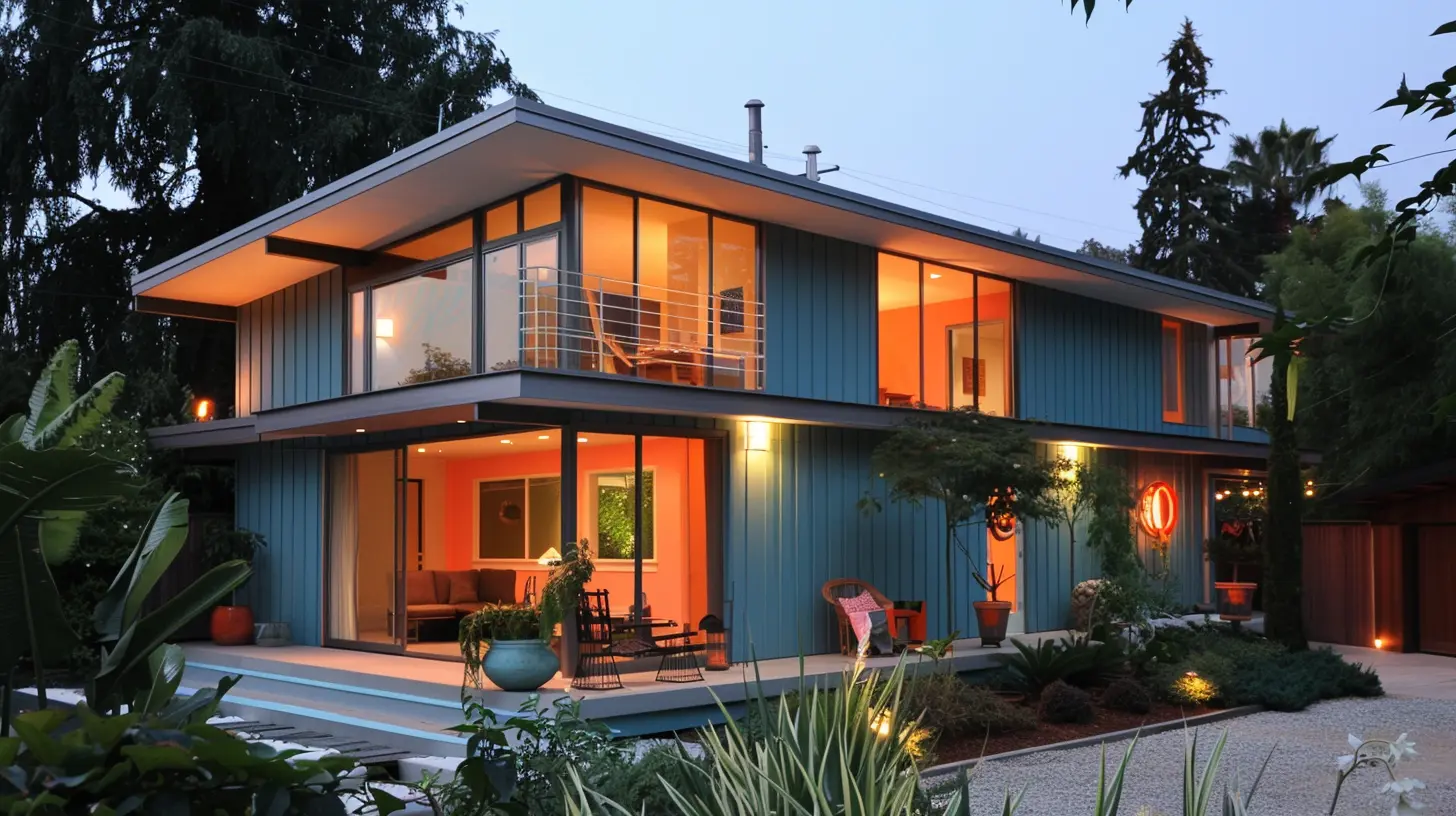
Reuse, Recycle, Repurpose
Going green isn't just about adding stuff—it's also about using what you’ve got.Salvage Whenever Possible
Old wood beams? Refinish them. Vintage hardware? Clean it up. You can give old materials new life and keep them out of landfills.Shop Local
Using materials made locally reduces transport emissions and supports your community.Donate Unused Materials
Got leftover flooring or cabinets you didn't use? Donate them to Habitat for Humanity or similar organizations.The Financial Side of Green Flipping
Green renovations aren’t just a feel-good thing—they're a smart investment.Higher Resale Value
Studies have shown that homes with green certifications (like LEED or Energy Star) sell for more and stay on the market for less time.Lower Renovation Costs Over Time
Yes, upfront costs can be higher. But when you factor in incentives, rebates, and lower long-term maintenance, you’ll often come out ahead.Attracting the Right Buyer
Eco-conscious buyers are serious about sustainability—and often willing to pay a premium for it.Marketing Your Eco-Friendly Flip
You’ve done all this amazing green work—now shout it from the rooftops (preferably the solar-paneled ones).Highlight Green Features in Listings
Don't just list “new appliances”—say “Energy Star certified stainless steel fridge that cuts utility bills by 30%.” Be specific.Use Certifications
If your home qualifies for green certifications (like Energy Star, LEED, or even local green programs), use them in your marketing. They add major credibility.Tell the Story
People love stories. So tell the journey of the flip—from outdated fixer-upper to chic, sustainable sanctuary.Common Mistakes to Avoid
Going green is great, but it comes with its own set of dos and don’ts.- Don’t Overdo It: You don’t need a $30,000 solar array on a $200K house. Match your upgrades to your market.
- Avoid Greenwashing: Buyers are smart. Don’t just slap the word “eco” on something—make sure it actually is.
- Do Your Homework: Dive into local building codes, rebates, and energy programs. Being informed = being profitable.
Final Thoughts: Flip Green, Flip Smart
Flipping houses isn't just about making a quick buck anymore. The market is changing, and eco-friendly renovations are the future. When you merge sustainability with smart design and quality work, you're not only increasing your home's value, but you're also creating something with lasting impact.Going green in your flip isn’t just a nice-to-have—it’s a savvy power move. Whether you’re updating insulation, installing solar panels, or simply choosing non-toxic materials, every green decision adds value and appeal.
So, are you ready to flip a home that future buyers—and the planet—will thank you for?
all images in this post were generated using AI tools
Category:
House FlippingAuthor:

Kingston Estes
Discussion
rate this article
1 comments
Fleur Lozano
Great insights! Eco-friendly renovations not only boost property value but also promote sustainability. Love it!
October 9, 2025 at 4:29 AM

Kingston Estes
Thank you! I’m glad you found it insightful. Embracing eco-friendly renovations truly makes a positive impact.
